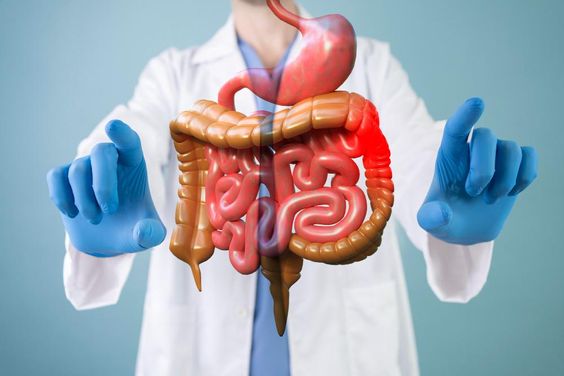Introduction
Rectal prolapse is a condition that occurs when the rectum, the last part of the large intestine, protrudes out of the anus. It can affect people of all ages, but it is more common in older adults. Rectal prolapse can be a distressing and uncomfortable condition, but it is often treatable.

In the early stages, rectal prolapse may only occur during bowel movements and retract on its own. However, as the condition progresses, the rectum may protrude more frequently and require manual reinsertion. In severe cases, the rectum may protrude permanently.
Symptoms of Rectal Prolapse
The most common symptom of rectal prolapse is the protrusion of the rectum through the anus. This may be accompanied by:
- Bleeding
- Mucus discharge
- Pain
- Incontinence
- Constipation
Causes of Rectal Prolapse
The exact cause of rectal prolapse is not always clear, but several factors can contribute to its development. These include:
- Chronic constipation or straining during bowel movements
- Weakening of the pelvic floor muscles
- Previous surgery in the pelvic area
- Neurological disorders
- Chronic diarrhea
Treatment for Rectal Prolapse
Treatment for rectal prolapse depends on the severity of the condition. In some cases, lifestyle changes, such as increasing fiber intake and pelvic floor exercises, may be enough to manage the symptoms. However, in more severe cases, surgery may be necessary.
Surgical options for rectal prolapse include:
- Rectopexy: This procedure involves reattaching the rectum to the sacrum, the bone at the base of the spine.
- Resection: In some cases, a portion of the rectum may need to be removed.
If you are experiencing any symptoms of rectal prolapse, it is important to see a doctor to get a diagnosis and discuss treatment options.

.jpg)